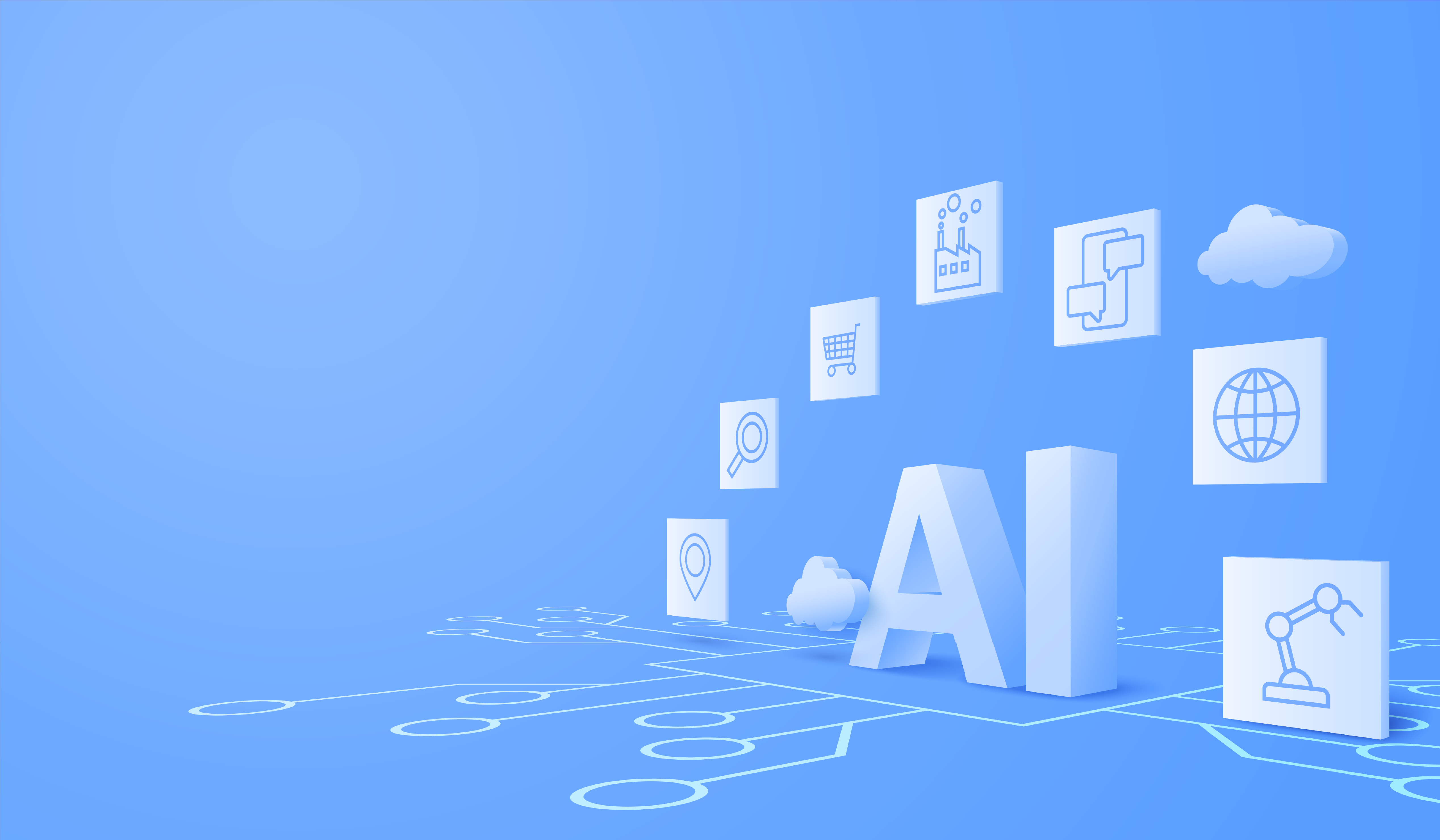Artificial intelligence (AI), especially Generative AI, stands ready to transform regulatory data capture, enrichment, and exchange, while revolutionising labour-intensive processes. ArisGlobal’s Agnes Cwienczek & Renato Rjavec set out some examples of AI in action.
As life sciences companies’ investments in Regulatory data capture, enrichment and exchange continue to rise in line with Agency mandates, the potential scope for artificial intelligence (AI) and Generative AI in particular seems limitless in its promise to transform labour-intensive processes while maintaining high accuracy. But where could this technology deliver tangible everyday benefits?
One emerging example is in capturing, searching and distilling insights from across companies’ global regulatory exchanges, going back several years. Here, Regulatory Affairs teams are able to pre-empt Agency queries in their initial submissions and/or when trying to provide consistent replies to questions globally – thereby increasing their chances of new products or clinical trials, or changes thereto, being accepted quickly, and first time. Another is in making prompter and more value-added use of Regulatory intelligence. That’s as Agencies around the world continue to refine and update their requirements, with a bearing on development, marketing approval application and license maintenance processes. These highly tangible use cases, which are characterised by intense work volumes, are already being transformed by AI today.
Tracking agency interactions
In the case of Agency queries and information exchanges, all Life Sciences companies must capture and process high volume of interactions around the world, as follow-ups to initial authorisation applications or as part of registration maintenance. Additional or updated information may be required, concerns might be raised, or the query might seek specific clarification, for instance.
Keeping track of these interactions, wherever they might take place across the global organisation, can be a logistical challenge. Correspondence could come in different formats and languages, and be channelled via email, web form, letter, or phone call. If local affiliates are involved, those stakeholders may be juggling query resolution alongside a host of other regulatory tasks, so that manual intake and processing of each Agency enquiry presents a significant burden for them. Given that there is only a short window to respond to Agency queries, potential administrative backlogs can present a risk to authorisation.
On top of this, there is a further risk of inefficiency and inconsistency, as well as omission, if queries and their resolution are not recorded centrally. Ideally, all Regulatory exchanges should be routinely and systematically recorded and logged. There should be proof of their handling and any associated outcomes and, crucially, the knowledge (of the additional input that was needed, and how that query was answered) can be fed into Regulatory submissions – ideally heading off similar queries in the future, and accelerating the approvals process.
Unless Agency interactions are stored as a searchable record within the central company regulatory information management (RIM) system, and unless everyone (including multi-tasking teams within local affiliates) has access to this, authorisations could be significantly delayed or their long-term maintenance at risk.
Learning from data
Intelligent automation in this use case involves scanning incoming queries and associated responses for metadata, and making that information searchable and reusable so that the responses can be pre-emptively added to future applications.
Take the example of a response from the US FDA to a certain New Drug Application (NDA) for the registration of several new products. That letter is likely to contain a number data points that could be captured as metadata within the RIM record. An optimised AI tool, overseen by a professional, could process all of this, to import, process, verify, and record the relevant knowledge – first classifying the correspondence (e.g. that it signals a deficiency in the application), who it’s from, the relevant application number, and how soon a response is needed, then generating a summary of all of this (using Generative AI) and relating this to other applicable registration processes.
Associated alerts are triggered automatically, meanwhile trend analysis can be drawn from across all Regulatory exchanges, to drive better Regulatory applications next time around. As a final performance-boosting stage, Generative AI can be used to collate and re-use accepted content from positive responses. Although a human review layer remains vital, AI acts as a significant process accelerator and productivity tool. Real applications of the technology in this context to date, across a sample of 23 different languages, have extracted up to 12 fields of data, with 90% accuracy, 80% faster processing, and three times fewer handovers – and with no need for AI ‘training’ thanks to the way generative AI ‘learns’ from vast amounts of data[1]. In short, it’s making a huge and tangible difference to busy teams’ working lives, while boosting overall output and efficiency.
Capturing regulatory updates
Linked to the transformation of health authority exchanges is another use case with similarly significant potential. This involves the tracking and proactive harnessing of the latest global Regulatory intelligence to improve the first-time success, and speed of approval of, development or marketing authorisation applications.
Still, today, health authorities distribute news about updates to regulatory requirements in hugely diverse ways, ranging from web site posts to postal or email circulars. Again, these are likely to appear in local languages. Keeping track of all of the changes, internationally, can feel impossible – again, especially if this relies on overstretched local affiliates updating a central repository with the latest developments in their country. China’s eCTD implementation guide, for instance, contains important information on how to compile, publish and submit eCTD sequences to the National Medical Products Administration (NMPA), the Chinese Agency for regulating drugs and medical devices. The guidance is provided in simplified Chinese.
Optimised AI tools offer an important solution here. That’s not only in monitoring for emerging updates, in any language and format, and via any channel, or capturing this intelligence centrally; but also in proactively flagging the impact of those considerations and exposing it for further consumption – via the global organisation’s central RIM system, and alerts to the relevant stakeholders.
Humans validate AI
Regulatory teams can streamline the incorporation of proposed new requirements by consulting their RIM system’s GenAI-enabled chatbot directly. This ensures that the latest relevant requirements are considered from the beginning. To address any concerns about AI accuracy, human team members are encouraged to verify Regulatory updates, while the GenAI chatbot offers comprehensive links to its information sources. With AI capabilities available to them right now, Regulatory Affairs can alleviate everyday challenges and accelerate time-to-market.
About the authors
Agnes Cwienczek is Director of Product Management at ArisGlobal, with a remit including the provision of business process and data management expertise in the areas of Regulatory Information Management, Document Management, Submission Management and Labelling Management. Agnes has previously worked at Merck in its Global Regulatory and Quality Assurance department, a milestone in a career spanning nearly two decades at the frontline of regulatory information management.
Renato Rjavec is Senior Director of Product Management at ArisGlobal, where he is shaping the future of regulatory information management as well as quality management for Life Sciences, with a keen focus on AI as a means for targeted automation of critical but labour-intensive processes where accuracy and precision are paramount. Renato has almost two decades of experience in ideation, development and implementation of regulatory and quality solutions for the Life Sciences industry.
References
[1] This is ArisGlobal’s own data from early customer pilots. Separately, McKinsey estimates that deploying next-generation AI to improve HA responses and their impact can reduce Agency follow-up by 50%.





